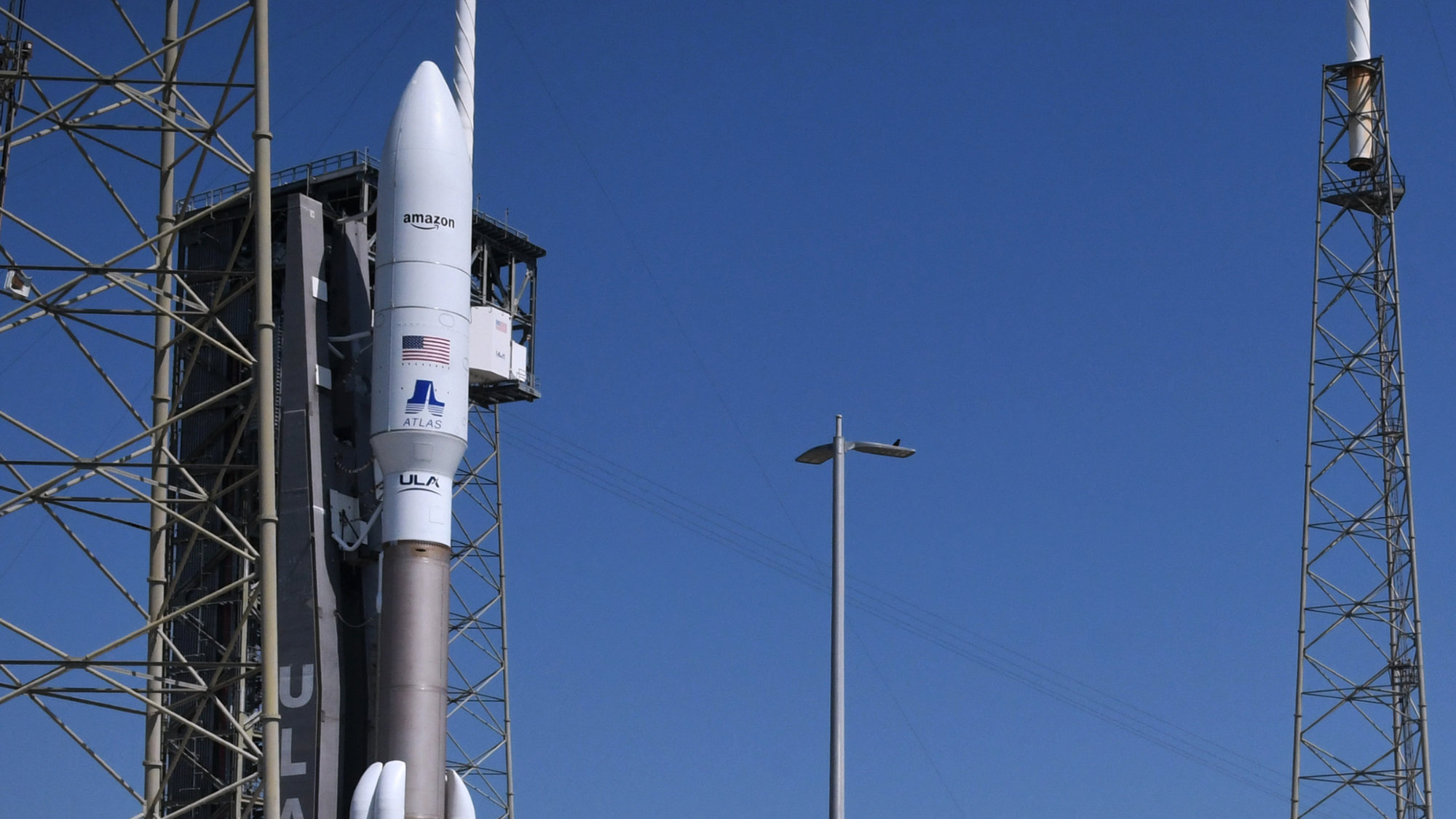The next phase of the search for MH370 will use sonar technology


After a four-month pause, the search for Malaysia Airlines Flight 370 is again underway.
The New York Times reports that the next phase of the search will use "side-scan sonar, synthetic aperture sonar, multibeam echo sounders and video cameras" in hopes of finding the plane's wreckage in the Indian Ocean. The new phase of the search began on Monday, according to a statement from the Australian Transport Safety Bureau.
While the first phase of the search used surveillance flights in an attempt to detect ping signals from the plane, the new phase will focus on finding the underwater wreckage with sonar equipment.
The Week
Escape your echo chamber. Get the facts behind the news, plus analysis from multiple perspectives.

Sign up for The Week's Free Newsletters
From our morning news briefing to a weekly Good News Newsletter, get the best of The Week delivered directly to your inbox.
From our morning news briefing to a weekly Good News Newsletter, get the best of The Week delivered directly to your inbox.
No debris from Malaysia Airlines Flight 370, which was traveling from Kuala Lumpur, Malaysia to Beijing, has yet been found, but officials are "cautiously optimistic" they will find the plane's wreckage, they told The Associated Press. The new phase of the search will use 3D maps, the first produced of the region where the plane is thought to have crashed. The new maps revealed that the water in the search area is home to volcanoes, crevasses, plateaus, and ridges, the Times reports, and the search will be "slow, given the terrain."
"They are searching the area of highest probability," Alec Duncan, a senior lecturer at the Center for Marine Science and Technology at Curtin University in Perth, Australia, told the Times. "And if it is there, they will find it."
A free daily email with the biggest news stories of the day – and the best features from TheWeek.com
Meghan DeMaria is a staff writer at TheWeek.com. She has previously worked for USA Today and Marie Claire.
-
 Guess the Number: January 2026
Guess the Number: January 2026Puzzles The daily number puzzle from The Week
-
 The Week’s big New Year’s Day quiz 2026
The Week’s big New Year’s Day quiz 2026Quiz of the Year How much do you remember about 2025’s headlines? Put yourself to the test with our bumper quiz of the year
-
 Is tanking ruining sports?
Is tanking ruining sports?Today's Big Question The NBA and the NFL want teams to compete to win. What happens if they decide not to?
-
 Australia’s teen social media ban takes effect
Australia’s teen social media ban takes effectSpeed Read Kids under age 16 are now barred from platforms including YouTube, TikTok, Instagram, Facebook, Snapchat and Reddit
-
 Google avoids the worst in antitrust ruling
Google avoids the worst in antitrust rulingSpeed Read A federal judge rejected the government's request to break up Google
-
 Supreme Court allows social media age check law
Supreme Court allows social media age check lawSpeed Read The court refused to intervene in a decision that affirmed a Mississippi law requiring social media users to verify their ages
-
 Nvidia hits $4 trillion milestone
Nvidia hits $4 trillion milestoneSpeed Read The success of the chipmaker has been buoyed by demand for artificial intelligence
-
 X CEO Yaccarino quits after two years
X CEO Yaccarino quits after two yearsSpeed Read Elon Musk hired Linda Yaccarino to run X in 2023
-
 Musk chatbot Grok praises Hitler on X
Musk chatbot Grok praises Hitler on XSpeed Read Grok made antisemitic comments and referred to itself as 'MechaHitler'
-
 Disney, Universal sue AI firm over 'plagiarism'
Disney, Universal sue AI firm over 'plagiarism'Speed Read The studios say that Midjourney copied characters from their most famous franchises
-
 Amazon launches 1st Kuiper internet satellites
Amazon launches 1st Kuiper internet satellitesSpeed Read The battle of billionaires continues in space
